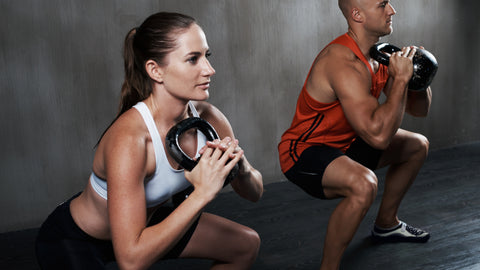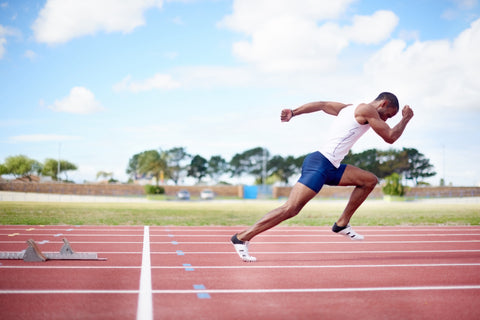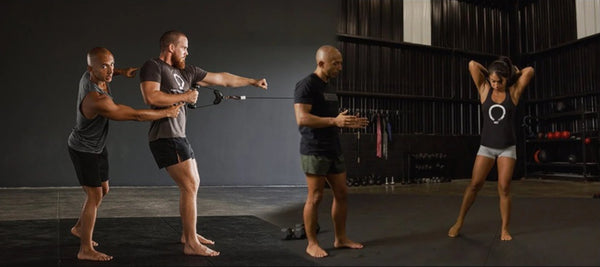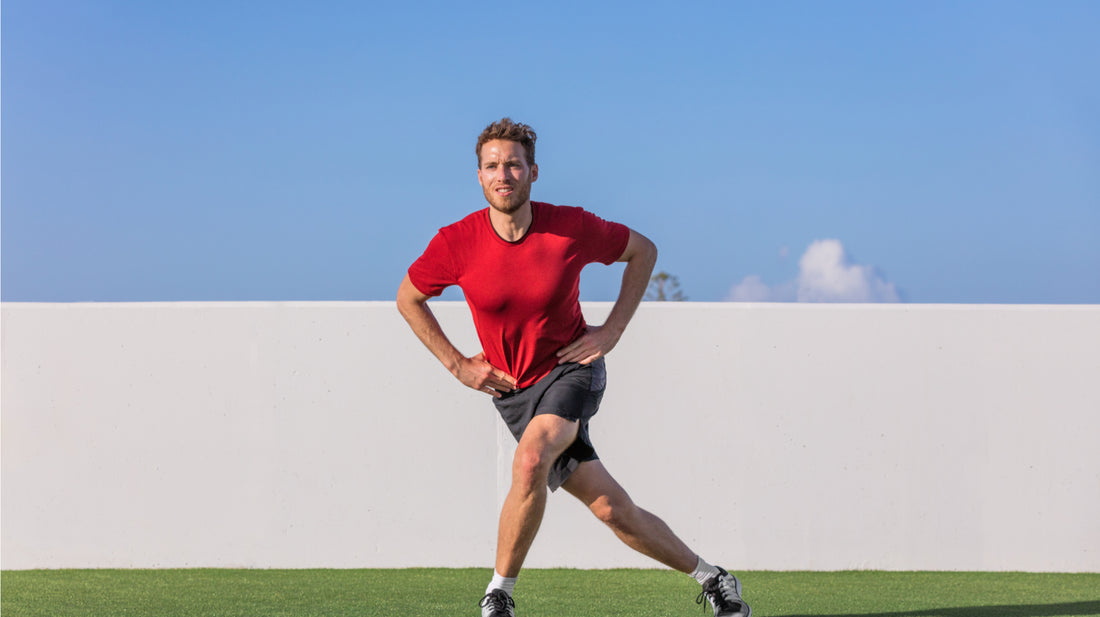Introduction
The quest for the "best glute exercises" is a popular trend on social media, often seen in posts about growing a "booty." Yet, glutes are fundamental to any fitness regime, more than just a cultural fascination. While common practices like glute activation exercises are widespread, they often overlook the comprehensive role of glutes in human motion. This article, incorporating insights on body weight exercises and dumbbell exercises, re-examines glute exercises through the lens of Functional Patterns, offering a more evolved approach to training these critical muscles.
The Role of Glutes in Human Movement

Glutes are key players in bipedal activities like walking and running, playing a critical role in our stability, power, and movement efficiency. They are central to the best glute exercises and body weight exercises. These muscles were crucial in our evolutionary journey, enabling our ancestors to stand upright and move efficiently across diverse terrains. Their development was essential not just for basic locomotion but also for activities crucial to survival, like hunting and adapting to different environmental challenges. Today, maintaining strong and functional glutes is important for overall physical health, affecting posture, back health, and athletic performance, linking us directly to our evolutionary past.
Critique of Conventional Glute Exercises
Many popular glute strengthening exercises focus on glute isolation and hypertrophy, often not just neglecting patterns but the first principles around how we should train (FP First 4). Functional Patterns critiques this conventional approach, highlighting the need for exercises that respect the body's natural mechanics, including rotational and lateral movements. This approach not only enhances muscle functionality but also aligns with the body's inherent movement patterns, leading to better overall physical health and reduced injury risk. It challenges the traditional view of glute-focused exercises, glute isolation exercises, and even lat exercises, advocating for a more holistic training method. By doing so, it enhances muscle functionality and aligns with the body's inherent movement patterns, leading not only to stronger muscles but also to improved overall physical health and a reduced risk of injury.

Integrating Glute Training into Holistic Movement Patterns
In redefining glute training, Functional Patterns moves away from the conventional quest for the 'most effective glute exercise.' Recognizing that effectiveness varies with each individual, the approach is not to isolate a single muscle group, but to address the body as an interconnected system. This perspective shifts the focus from isolated exercises like glute isolation exercises or squeezing the buttocks to more dynamic, whole-body movements. These movements, which include rotation and ingrain gait cycle patterns, engage the glutes in a way that mirrors natural human activities, such as walking, running, and throwing. By doing so, the glutes are not just strengthened in isolation but are integrated into the body's overall coordination and efficiency, offering a more functional and sustainable form of fitness that aligns with our biological heritage.
Functional Patterns Approach to Glute Training

Functional Patterns proposes a training approach that incorporates gluteal activation into holistic movement patterns. This includes exercises that challenge the glutes through various planes of motion, emphasizing their role in supporting the body's natural gait and posture. The reason Functional Patterns utilizes contralateral, rotational movements, is due to the makeup of the human body. While movement patterns are usually done in isolation, Functional Patterns mimic movements that happen in reality. The methodology emphasizes movements that engage the glutes through various planes of motion – forward and backward, side to side, and rotational. An example of these motions could be throwing a kick or a punch, by doing so the glute can move in all ranges of motion at the same time. Emphasizing the ability to have the glute move in multiplanar motions. This approach not only strengthens the glutes but also trains them to work together with other muscle groups, supporting the body’s natural gait and posture. Functional Patterns training ensures that these muscles contribute effectively to the body’s overall mechanics, improving strength and reducing the risk of movement-related injuries.
Conclusion
Glute-focused exercises may cause muscle hypertrophy but may not be proportionate or functional muscle in harmony with other musculoskeletal systems of our body. Redefining glute exercises to align with Functional Patterns not only enhances muscular strength but also improves overall movement efficiency and reduces the risk of injury. This approach fosters a more sustainable and functional form of fitness, true to our biological heritage. Whether it's upper glute exercises, glute activation exercises, or glute isolation exercises, the focus should always be on integrating these movements into a holistic fitness routine.








